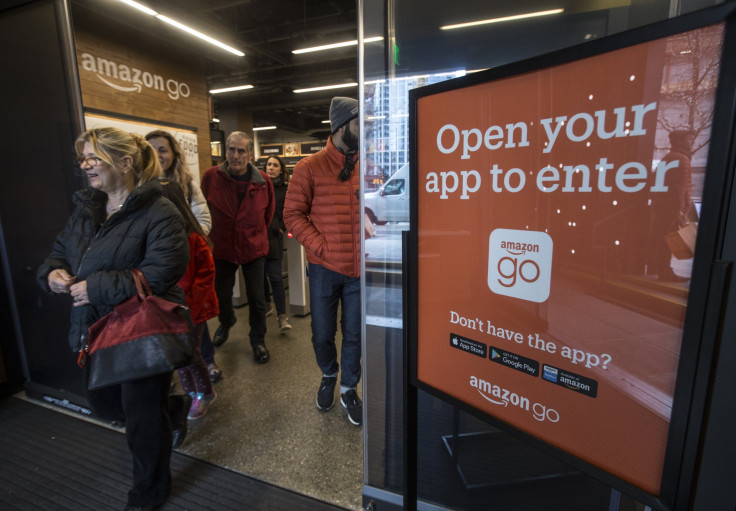Journalist Reviewing Amazon Cashier-less Store Accidentally Shoplifts, Exposes Flaws

The fully automated, cashier-less Amazon Go grocery store made its public debut in Seattle Monday. The ooh’s and ahh’s of a grocery store without any human employees were also met with concerns over the future of automation in the job market and, chiefly, security. What happens if the in-store security systems do not work and there are no humans to stop a shoplifter?
CNBC reporter Deirdre Bosa accidentally found out not long after the store opened. She live-tweeted her journey through Amazon Go, culminating in her purchase of siggi’s yogurt not being charged to her account like it should have upon exiting the store.
I think I just shoplifted?? #AmazonGo didn’t charge me for my Siggi’s yogurt _ #nolinesnocheckout #freestuff pic.twitter.com/RDPhC5ryXD
— Deirdre Bosa (@dee_bosa) January 22, 2018
Bosa later wrote up the incident for CNBC, complete with a statement from Amazon Go VP Gianna Puerini. Long story short, Amazon did not see this as particularly problematic and told Bosa to enjoy breakfast on them. Somewhat shockingly, Amazon apparently did not build in any kind of reporting feature for customers who encounter this flaw in the store’s security. It was supposedly so rare during the past year of Amazon employee testing that they did not feel the need.
Still, it managed to happen on day one of the store being open to the public. It is not clear what Amazon’s plans are if shoplifting, accidental or otherwise, becomes a consistent problem that might require stricter security measures or even human intervention. International Business Times reached out to Amazon for comment and will update this story as soon as one is available.
Despite the good-humored corporate response to the incident, it could theoretically feed into widespread skepticism of the concept. Should Amazon choose to deploy more automated retail spaces around the U.S. or retrofit existing Whole Foods stores with this technology, it could mean fewer low-wage jobs in an already tough market, according to Slate. A possible worst case scenario for more automation would be displacement of retail or food service workers who may not have a viable alternative means of employment.
It was also noted by Mashable that the store did not accept food stamps, which are an important means of survival for low-income people. This stood in contrast to a recent report that as many as 10 percent of Amazon employees in the state of Ohio use food stamps.
© Copyright IBTimes 2024. All rights reserved.




















